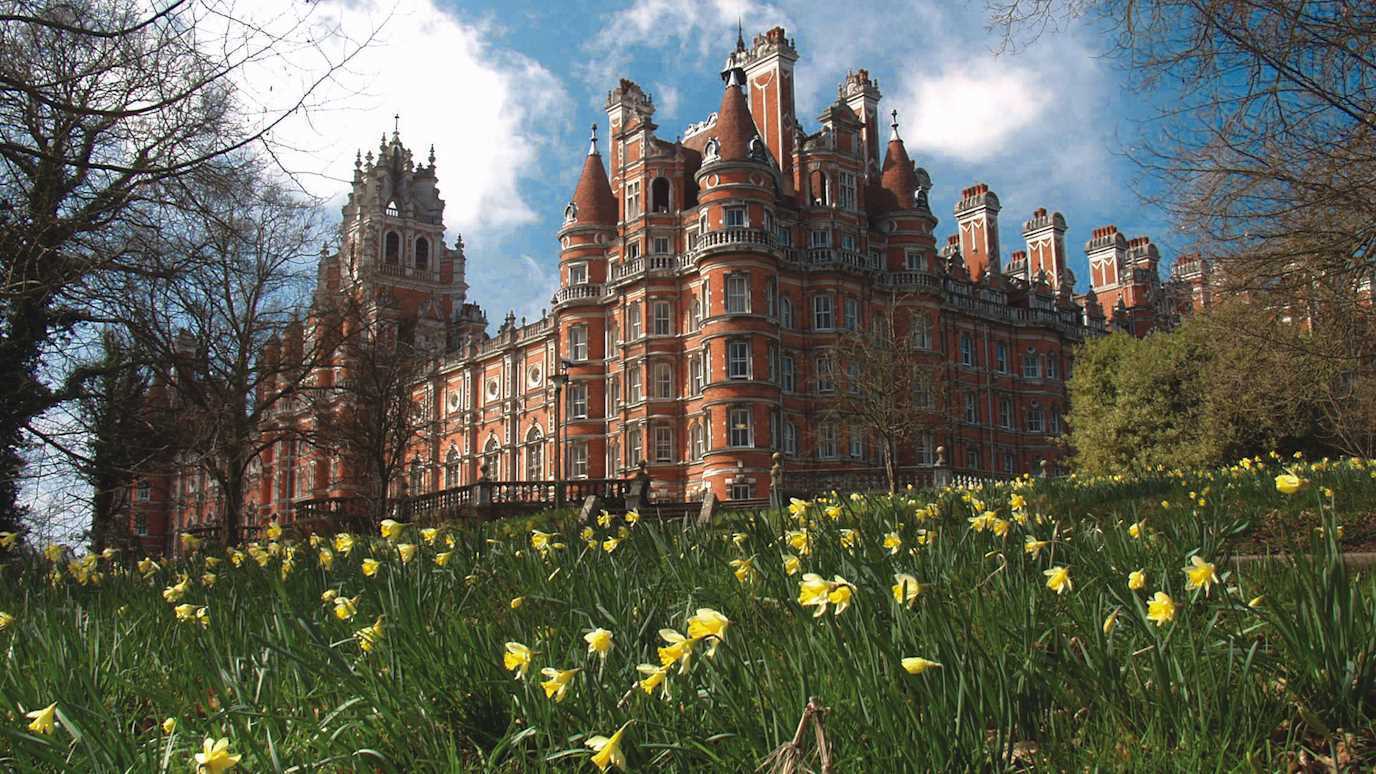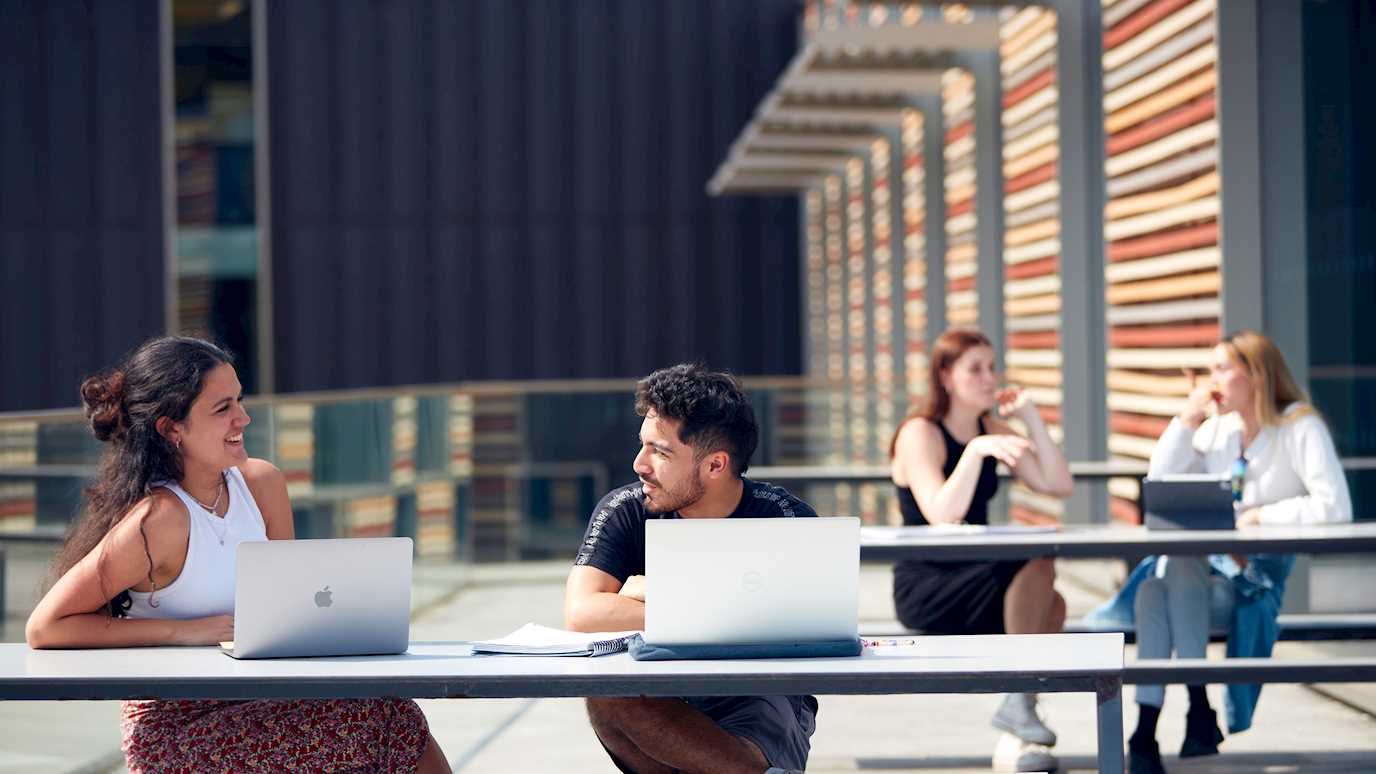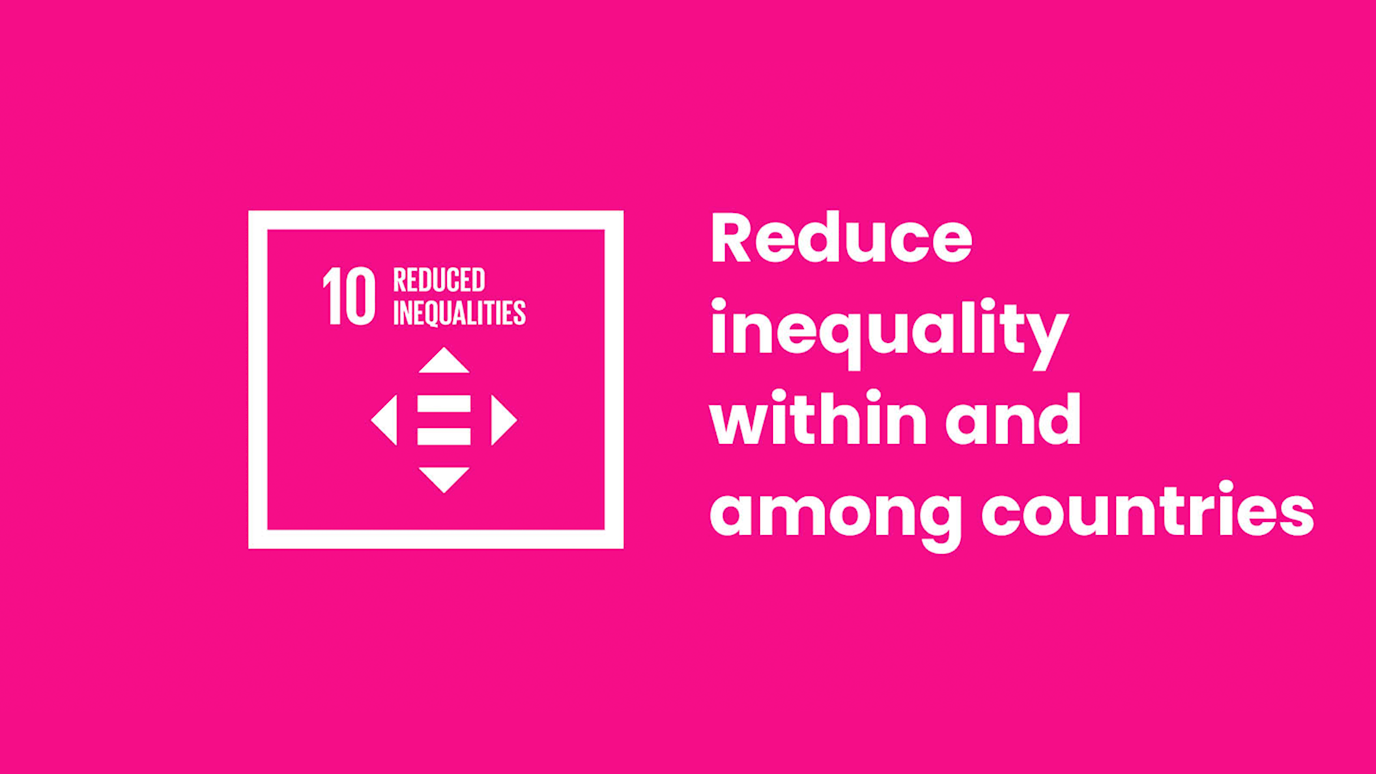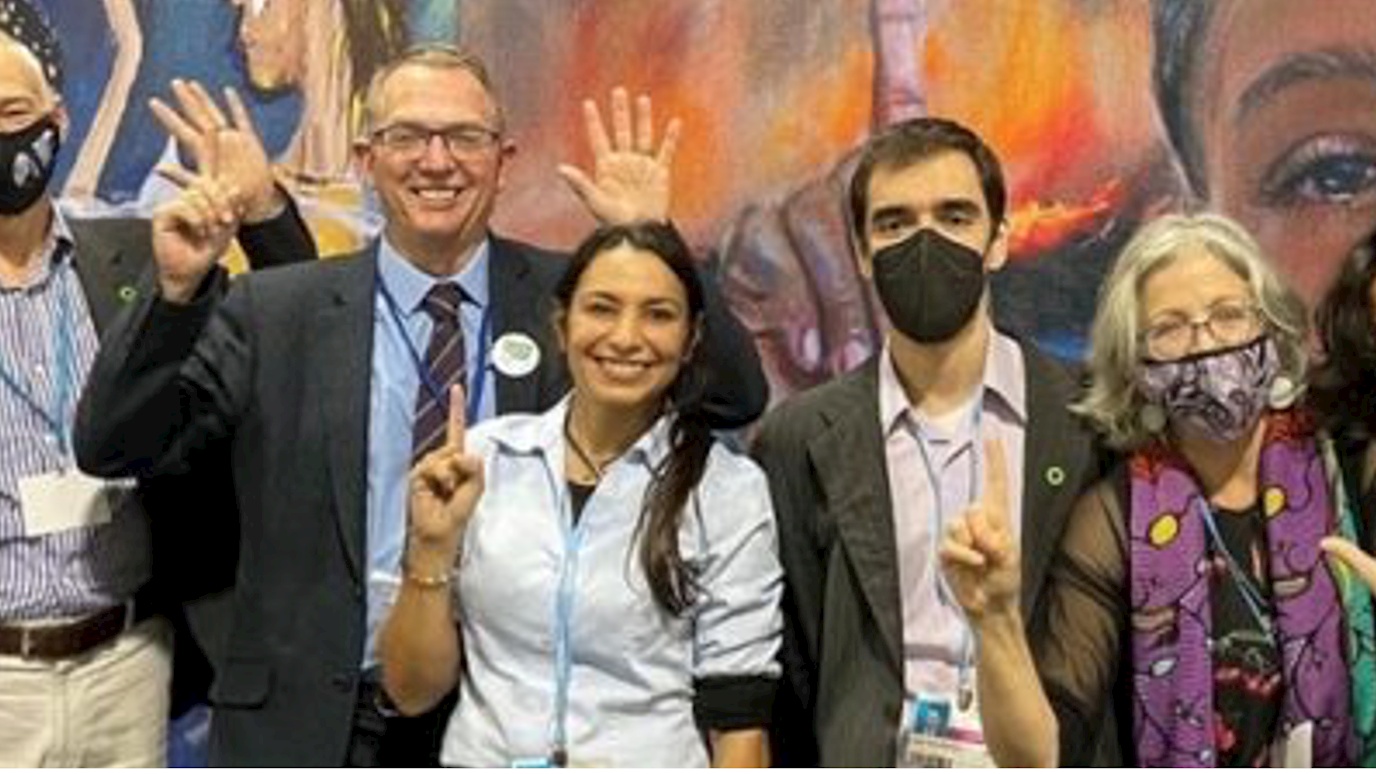SDG 10, with the goal of reducing inequalities within and among countries, is intricately linked to principles of equality and non-discrimination in international human rights law, writes Jill Marshall.
The principles of equality and non-discrimination are ones from which no deviation is permitted under international law: see, for example, the Juridical Condition and Rights of the Undocumented Migrants Advisory-Opinion 2003 Inter-Am Ct HR at paragraph 101, embodied in the Universal Declaration of Human Rights 1948 and reiterated in the Vienna Declaration 25 June 1993. Despite this goal and such lofty human rights principles, the United Nations reported in 2005 that, at a conservative estimate, the world’s 500 richest people earn more than the poorest 416 million. In 2018, the 26 richest people in the world held as much wealth as half of the global population (the 3.8 billion poorest people).
What equality means is contested within and amongst disciplines. Analysis and varying theories from economists, philosophers, and lawyers, amongst others, show the need for a comparator – consideration, in other words, of ‘equal to what or to whom?’. Equality of outcome can be quite different to equality of opportunity, and again to equality of resources. The role of choice, desert, luck, of the criteria for measuring one entity against another, cause philosophical quandaries as to the usefulness of the concept of ‘equality’. Yet, talk of ‘equality for all’ to ‘reduce inequalities’ as a strategy and rallying call is a goal worth striving for in seeking a better, fairer, and more just world where everyone has a chance to live a good life. Categories of people historically oppressed, ignored, marginalised, ostracised and discriminated against, including those suffering unequal treatment on the basis of their gender, sex, race, religion, geographical location, family circumstances call for change on the basis of unjust inequalities.
Difficulties facing practical action on inequalities
Connecting the theory and practice of reducing inequalities is easier said than done, among and within countries. The world is divided up into sovereign states seeking their own national interests, making it tough to seek agreement on nations equalling up amongst themselves. The UK government has recently merged its Department for International Development, which had dealt with overseas funding for research and humanitarian assistance, into the Foreign Office (creating a Foreign, Commonwealth and Development Office, FCDO). Many see this as a retrograde move at a time when more prosperous nations need to step up to fulfil their international obligations. Inequality within countries is a persistent cause for concern. Varying governmental positions and policies, often voted through by majority populations, may not be based on reducing inequalities, and may in fact be based on the opposite.
In terms of practical action to ‘level up’, or to make people more equal in some sense, by reference to SDG 10, this goal has set ten targets to be achieved by 2030. Progress towards targets is to be measured by indicators. Immediately, this somewhat cold, mechanistic, technical language can be off-putting to many. The first seven targets are ‘outcome targets’. These are to reduce income inequalities; promote universal social, economic and political inclusion; ensure equal opportunities and end discrimination; adopt fiscal and social policies that promotes equality; improved regulation of global financial markets and institutions; enhanced representation for developing countries In financial institutions; responsible and well-managed migration policies. The other three targets are ‘means of achievement’ targets: special and differential treatment for developing countries; encourage development assistance and investment in least developed countries; reduce transaction costs for migrant remittances.
Despite some positive signs toward reducing inequality in some dimensions, such as reducing relative income inequality in some countries and preferential trade status benefiting lower-income countries, inequality persists. The global billionaire count continues to grow.
Effects of COVID-19 on inequality
The COVID-19 pandemic is making between- and within-country inequality worse. This pandemic has put a spotlight on economic inequalities and fragile social safety nets that leave vulnerable communities to bear the brunt of the crisis. Social, political, and economic inequalities have amplified the impacts of the pandemic. The poorest and the most vulnerable, including women, children, older persons, persons with disabilities, migrants and refugees and informal workers, are being affected disproportionately by the pandemic.

COVID-19 and violence against women is a series of infographics bringing attention to the issue and providing recommendations to governments and others.
Hate speech targeting vulnerable groups is rising. Any progress towards gender equality and women’s rights is at risk. Across every sphere, from health to the economy, security to social protection, the impacts of COVID-19 are exacerbated for women and girls simply by virtue of their sex. Further, vulnerable countries, including least developed countries, land-locked developing countries, small island developing states and countries in humanitarian or fragile situations, are forecast to be the hardest hit in the long-term owing to the fragility of their health and welfare systems, the limited coverage of their social protection systems, limited financial and other resources, vulnerability to external shocks and excessive dependence on international trade. (The statistical annex and the Global Sustainable Development Goal Indicators Database are available here.)
Reducing inequalities and ensuring no one is left behind are integral to achieving all Sustainable Development Goals. SDG 10 is linked to many of the other SDGs, such as peaceful and inclusive societies (SDG 16), gender equality (SDG 5), poverty (SDG 1), zero hunger (SDG 2), good health and well-being (SDG 3), clean water and sanitation (SDG 6), sustainable cities and communities (SDG 11). The UN Secretary-General has recently called for ‘solidarity and equality’ and appealed to common humanity to help the world’s most vulnerable. This time of crisis can be a time when policies and social norms may be more malleable, to enable investment in policies and institutions to reduce inequalities and to steer the world back towards the achievement of SDG 10 and the other SDGs.
Professor Jill Marshall is a Professor of Law in the Department of Law and Criminology in School of Law and Social Sciences at Royal Holloway, and a qualified lawyer in England and Wales (admitted as a solicitor 1992). Her work focuses on the relationship between law and living well, human flourishing, personal freedom and identity, and women’s human rights. She has written widely on these topics and is the author of three books, including Human Rights Law and Personal Identity.


























